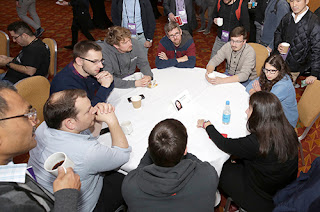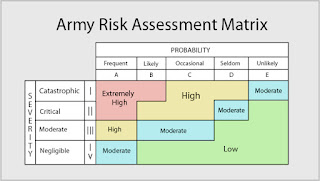At the end of every project, give all the key project members a three or four day assignment to analyze every problem that occurred during the project. For example, "We were ten days late starting integration testing. We should have told the customer." Or, "We started designing and coding before the requirements were complete." Or, "the team was already exhausted from working long hours when the CEO demotivated everyone by announcing there would be 'no raises'."
In general, the idea is to document, analyze, and learn from all the things that went wrong. Also, record what you believe could be done differently in the future to prevent it. Future projects will be improved by these project postmortems. If possible new or promoted employees should attend one or more project postmortems before becoming key members of a project.
Those who do not remember the past are condemned to relive it.
- George Santayana, 1908

















